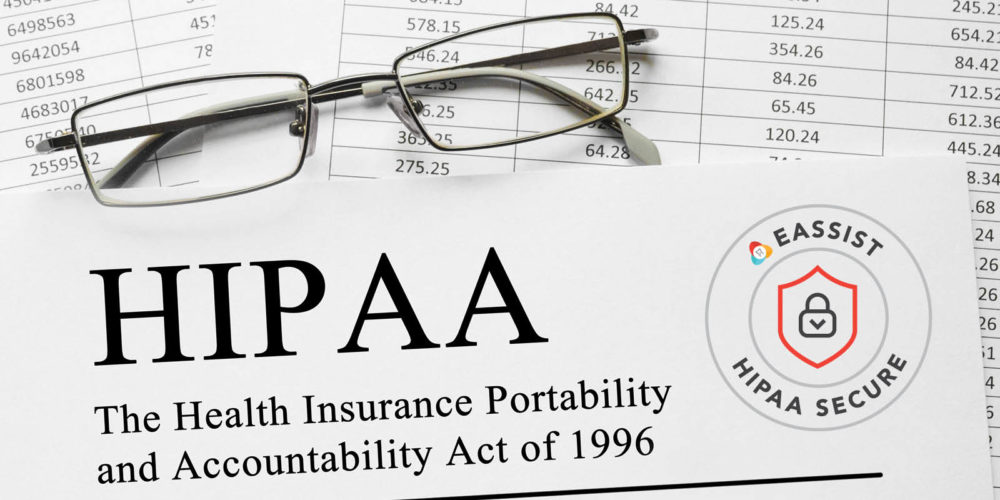EPO (Exclusive Provider Organization) Plans
People can choose from a variety of health and dental insurance plans, such as HMO and PPO plans. These plans help people pay for treatments, but they have their own terms and conditions that people must follow. For instance, HMOs and PPOs differ in how they allow their beneficiaries visit in-network and out-of-network providers. They also differ in how they provide coverage to people based on referrals and pre-authorization requirements. However, people can also enroll into an EPO (Exclusive Provider Organization) dental and medical insurance plans, which contain elements from PPOs and HMOs (Davis 2018).
EPO plans have some similarities with HMO and PPO plans, but they differ from them in significant ways. For instance, EPO health plans are similar to PPO health plans because both of them usually “cover basic medical treatment, preventative care, emergencies, and long-term and specialist treatment such as surgeries and physical therapy” (“EPO vs. PPO”). EPOs also have their own networks like HMOs and PPOs, but unlike a PPO, where people can go to an out-of-network doctor for less coverage and higher out-of-pocket payments, people in EPOs and HMOs have to visit in-network providers to get any coverage (“EPO vs. PPO”). Though, EPOs and HMOs can provide coverage to people that need out-of-network emergency treatments (“EPO vs. PPO”). Fortunately, people pay less for EPO plans than PPO plans (“EPO vs. PPO”). In some EPO dental plans, beneficiaries may need to visit a “primary dentist,” and in some EPO health plans, they may need to see a primary care physician (PCP), who “coordinates all of your [the beneficiaries’] other health care services,” for referrals to specialists (Davis 2018; Nowak 2019; “What’s the Difference Between an HMO, EPO, and PPO?”). However, most EPOs do not need beneficiaries to visit a PCP for referrals, whereas HMOs usually do (“EPO vs. PPO”). Instead, beneficiaries have to get pre-authorization from their insurance company before receiving treatment in order to ensure that they receive coverage (“EPO vs. PPO”). Even though EPO health plans do not usually include benefits for dental procedures, beneficiaries can still find and enroll into EPO dental plans “with the same terms for dental care—with EPOs only covering treatment in network…” (“EPO vs. PPO”). Regarding medical and dental providers who are in EPO networks, they are reimbursed for each procedure performed for patients (Davis 2018; “Types of Dental Insurance”).
EPO plans provide benefits and caveats similar to those in HMO and PPO plans. HMOs and EPOs have restrictive networks, while PPOs and most EPOs require preauthorization before providing coverage. EPOs benefit those who do not want to go through a PCP for a referral and those who want to pay less for insurance (Davis 2018). However, they should check the EPO health and dental plan’s networks for their preferred medical and dental provider and the type of services each plan covers before enrolling into each plan (“Types of Dental Insurance”).
Works Cited
Davis, Elizabeth. “HMO, PPO, EPO, POS – Which Plan Should You Choose?” verywell health.
Last modified December 17, 2018. https://www.verywellhealth.com/hmo-ppo-epo-pos-whats-the-difference-1738615.
“EPO vs. PPO.” Diffen. Accessed March 14, 2019.
https://www.diffen.com/difference/EPO_vs_PPO.
Nowak, Simon. “Comparing Dental Plan Types: PPO vs HMO vs Indemnity vs Discount Plans.”
Authority Dental, February 18, 2019. https://www.authoritydental.org/compare-plan-types.
“Types of Dental Insurance.” 1-800-Dentist. Accessed March 14, 2019.
https://www.1800dentist.com/dental-visit-advice/dental-insurance-101-important-facts-you-should-know/.
“What’s the Difference Between an HMO, EPO, and PPO?” Cigna. Accessed March 14, 2019.
https://www.cigna.com/individuals-families/understanding-insurance/hmo-ppo-epo.



0 Comments